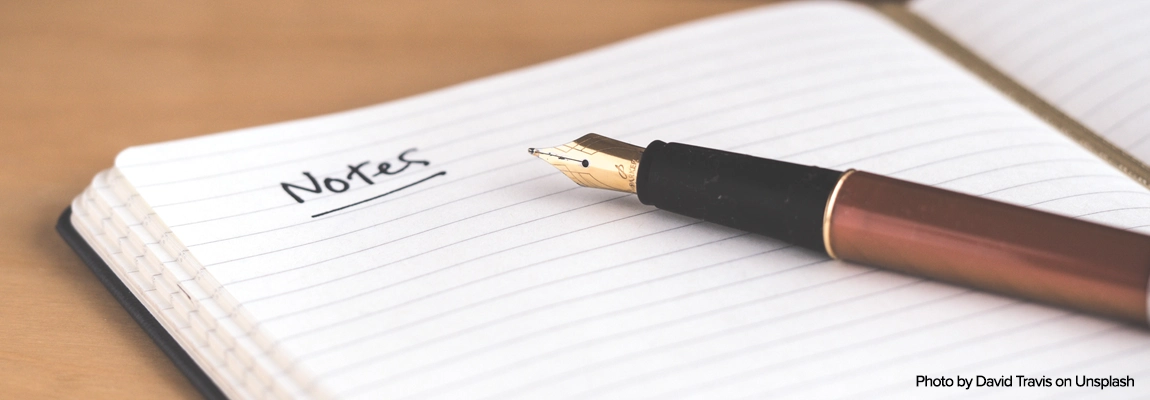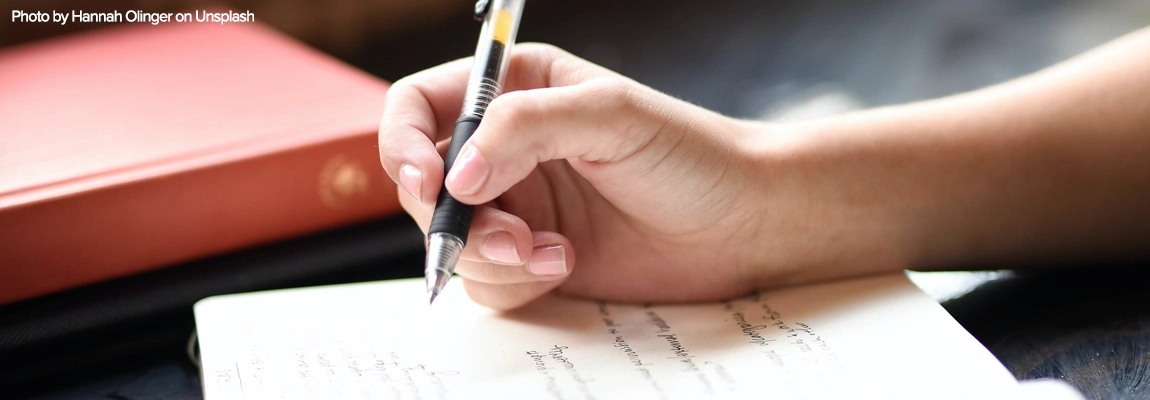8 Best Methods to Take Notes in Lectures
The 8 Best Methods to Take Notes in Lectures

You already know how to take diligent notes during your lectures and during self-study sessions through textbooks. However, if you are looking to take your note-taking to the next level, you’ll be happy to know that there are several tried-and-tested, note-taking methods to make them much more effective when it comes to learning and memorising.
So, what are the best methods for this?
In this article, we will cover eight of the best methods we have come across and discuss how you can incorporate all of these practises to make your learning much more effective.
Gather Your Materials
This one may sound obvious. However, the first step to being able to take more effective notes is to gather all the note-taking materials you will need before your lecture or seminar.
If you choose to write with pen and paper rather than digitally on your laptop or iPad, make sure you have a notebook or journal with plenty of blank pages and a couple of extra writing utensils, including pens of different colours and maybe even some pencils.
It also helps to ensure that you position yourself in the classroom somewhere you won’t have any trouble hearing the lecturer or seeing what they write or draw on the digital white board.
Come Prepared for Your Lecture
Note-taking for a class or lecture is an active and on-going process. In other words, the effectiveness of the notes you will take in today’s lecture is partly determined by the effectiveness of what you took in the last lecture.
Thus, before attending your university or college lecture, review your notes from the last time around to make sure you are prepared for the current one.
Make sure you have done any assigned background reading so that you can better understand the themes presented in your current lecture and then you won’t feel like you’re missing out on some vital information to join the dots.
The old adage, “by failing to prepare, you are preparing for failure,” certainly comes to mind.
Listen Pro-actively
The best note-takers know for a fact that effective note-taking is not the same thing as mindlessly jotting down your lecturer’s words. It is always better to pro-actively listen to try and comprehend the basic concepts and themes being presented and jot down only the prime key words and concepts.
Pro-active listening is an important part of the process, as it is well known that scribbling without comprehending the context is simply a waste of time and effort. A huge part of pro-active listening is therefore asking questions during class.
If you don’t understand a certain concept, raise your hand when you get a chance and ask your tutor or lecturer to clarify the point.
Doing so will make you more engaged in learning and hence will improve comprehension.

Take Notes by Hand to boost memory retention
It goes without saying that taking notes on your laptop is way more convenient in the modern era than writing them down in your notebook or journal.
However, there has been a tonne of Japanese neuroscience research in this field, most of which has clearly shown that information retention, speed recall and comprehension increases by at least 25% when notes are taken manually by hand, than those people who used iPads and laptops.
This makes perfect sense, as the process of writing down each and every word by hand is an active process that engages various parts of the complex spatial information stored and encoded in your brain, thereby making it more likely that you will understand what you have written and will remember it at a later date.
Writing on paper increased their brain activity as far as language, visualising.
It is very easy to type too fast on a laptop and miss out on understanding what it is you are writing down. Keyboards make it easier to jot down your lecturer’s explanations word for word. However, there is no evidence to suggest that this makes learning more effective. In fact, it is possible that taking notes on a laptop is actually counterproductive to the process of comprehension and memory retention.
Hand-writing creates a “tangible permanence” with irregular strokes and uneven shapes like folding corners of pages. It is especially useful within the creative world for imagination of artwork, music composition or other creative work.
Focus on Keywords and Concepts
The most significant change that anyone can make to their note-taking is to stop jotting down lengthy sentences and explanations in your notebook. Instead, it would be best if you were focusing your attention on smaller, grouped keywords and concepts.
While focusing on the key words and concepts takes a bit of practice (as well as active listening and an engagement with the material), if done consistently, you will likely come up with your own way of identifying the most relevant information within the lecture. In other words, you should eliminate all secondary details and filler words, which you can always find in your textbook anyway.
It is important not to spend time writing down information that you already know. Prioritise only new information.
This will help you extract the most value and will ensure that you aren’t reading the same information over and over again.
Use Shorthand
There is no way you can write as quickly as your lecturer speaks, especially if your they are a particularly fast speaker. Instead, you should use your own personal shorthand method, which can be developed through practice, to make your notes as concise as possible.
Using shorthand is one of the best methods available as it saves both time and energy during your lectures. Just make sure that your shorthand system isn’t so complicated that you’re having trouble deciphering your notes when it comes time to review them.
Make Your Notes Visually Appealing
If you primarily take notes in a paragraph form, you might be disappointed to know that this is the least effective note-taking method., thus make them more visually appealing.
Instead of writing bullet points or paragraphs all the time, try working with diagrams and mind maps. Studies have shown that the visual cortex of the brain learns information up to three times faster than the verbal part of your brain, enabling you to comprehend and retain that new information.
Use a Colour Coding System
Part of making your notes more visually appealing and engaging for you is to use a colour coding system in your notepad or journal. There are many different ways you can do this. Titles and new concepts could be a specific bright colour, while keywords ccould be in another colour. Try colour coding by chapter too.
Each of these methods is a way to help your brain associate certain contents with certain colours, thereby creating a second way for your memory to associate concepts and key words.

Final Words
Note-taking is an essential part of being a student as it is your chance to take the concepts you’re dealing with in class and put them into a format that helps you remember them.
Therefore, by using the best methods to take notes outlined in this article, we are sure you will be able to take your learning abilities to the next level.